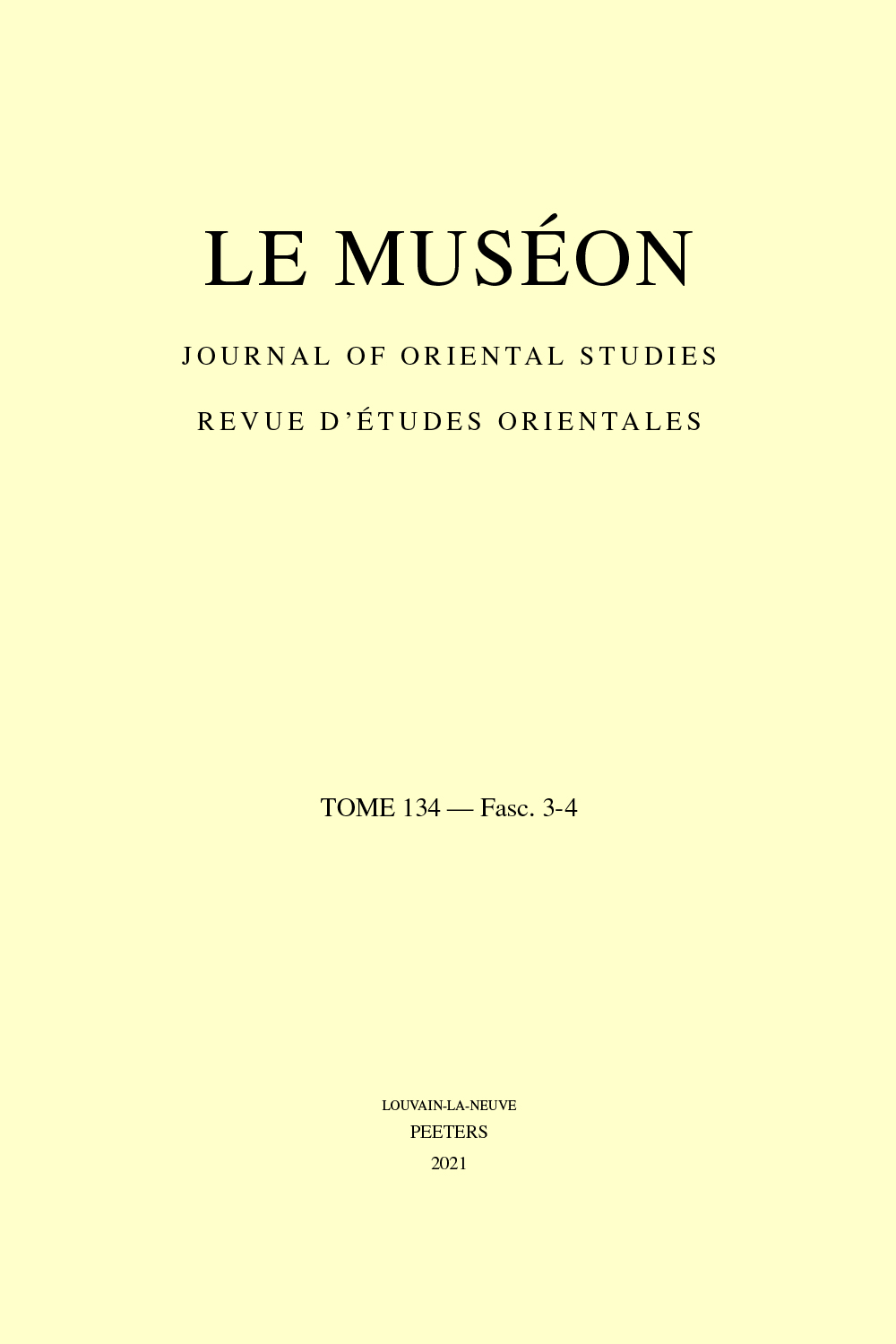 previous article in this issue previous article in this issue | next article in this issue  |

|
Document Details : Title: Armenians in the Negev Subtitle: Evidence from Nessana Author(s): STONE, Michael E. , TCHEKHANOVETS, Yana , POGORELSKY, Ofer Journal: Le Muséon Volume: 132 Issue: 1-2 Date: 2019 Pages: 123-137 DOI: 10.2143/MUS.132.1.3286536 Abstract : The paper discusses two unpublished Armenian finds from 1930s excavations at Nessana in the Negev Desert: a graffito written on stone and an incised finger-ring, both dated, on the basis of palaeography and style (respectively), to around the seventh century. This Armenian presence in Nessana is explained as part of the pilgrim traffic through the Negev to Mount Sinai. The finds bear historical significance in several aspects: first, they fill in a missing link between the known epigraphical traces of pilgrims from Jerusalem, Bethlehem and Nazareth and the ones from the Sinai, whereby they further illustrate the Armenian participation in Holy Land pilgrimage. Second, the finds underline the central role of Nessana as a hub of pilgrim traffic in the Negev, attested also by other sources. Moreover, they contribute to our understanding of Nessana’s layout by reinforcing the claim that following the dismantlement of Nessana’s military unit the fort was turned into a hospice. |
|
